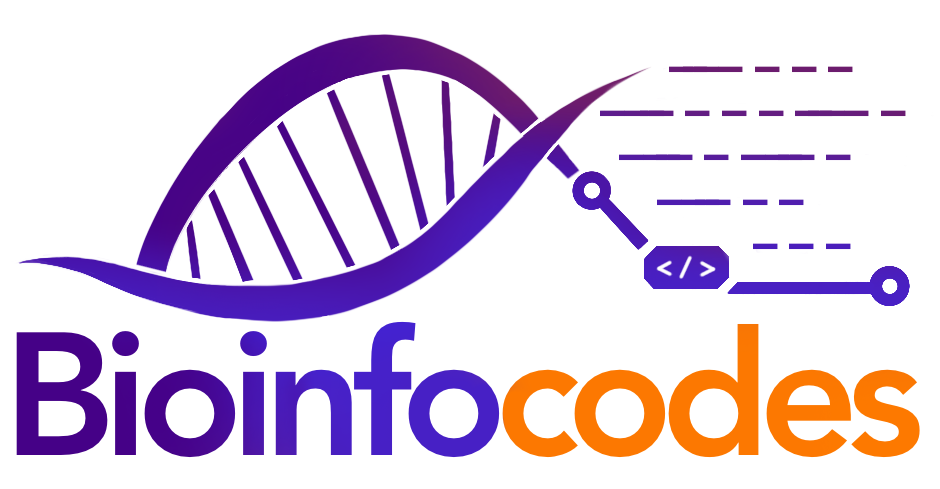Pluripotent stem cell-derived organoids hold the capacity to emulate key aspects of organ development in vitro. By employing a self-organization-driven developmental induction strategy, the study focuses on creating human heart organoids that closely mimic in-utero gestation conditions, incorporating metabolic and hormonal factors. Remarkably, these organoids exhibit a high degree of transcriptional and morphological similarity to age-matched human embryonic hearts, faithfully recapitulating various stages of cardiac development, including the formation of atrial and ventricular chambers, proepicardial organ emergence, and retinoic acid-mediated anterior-posterior patterning. This synthetic heart development model extends its utility beyond developmental fidelity, serving as a robust tool for disease modeling. A proof-of-concept analysis involving ondansetron, a drug associated with congenital heart defects and commonly administered to pregnant women, highlights the system’s efficacy in exploring and understanding cardiac diseases. This technological breakthrough represents a significant advancement in synthetic heart development, offering a potent platform for both developmental studies and disease modeling in the cardiac domain.
Cardiovascular diseases (CVDs), which are heart and blood vessel problems, are among the most common causes of mortality worldwide, accounting for approximately 17.9 million deaths per year. Heart laboratory models are utilized to get a more detailed understanding of the genesis and causes of cardiovascular diseases. Because of their cellular intricacy and physiological significance, these approaches allow for a hitherto unattainable degree of research of human heart development and illness in a dish. The experiment that will be discussed is primarily focused on its reproducibility across several human pluripotent stem cell lines, including both induced and embryonic pluripotent stem cells.
The study employed various human embryonic stem cell (hESC) and induced pluripotent stem cell (iPSC) lines, including IPSC–L1 (male, IPSCORE), ATCC–BYS0111 (male, ACS–1025), and H9 (female, WiCell, WA09). The researchers specifically disclosed the creation of the in-house IPSC–L1 line, generated through Sendai reprogramming, and verified its pluripotent and normal karyotype using established methods. For each human pluripotent stem cell (hPSC) line utilized, a comprehensive assessment was conducted, covering pluripotent, genomic stability, and potential Mycoplasma contamination. The cultivation of hPSCs occurred in 6-well plates on growth factor-reduced Matrigel, utilizing Essential 8 Flex media supplemented with 1% penicillin-streptomycin. The incubation process took place in an environment set at 37°C with 5% CO2.
Organoids exhibited a rapid development phase from day 0 to day 10, expanding in diameter while maintaining their spherical form. Subsequently, in all maturation conditions, the organoids underwent a condensation process, achieving greater definition by day 30. Around day 20, distinctive elliptical morphologies emerged, as observed through bright field microscopy, illustrating an expansion with long diameters ranging from approximately 1000 to 1600 μm and short diameters spanning 600 to about 1000 μm by day 30. A consistent pattern was noted in the organoid region between 0.6 mm² and ~0.9 mm² across all scenarios. In five separate experiments, by the 30th day of cultivation, nearly all organoids demonstrated resilience in every environment. Furthermore, in alignment with prior observations, negligible levels of apoptosis were identified in heart organoids from day 20 to day 30. Notably, there were no discernible variations in apoptosis among the tested conditions, verified using a transgenic Flip-GFP human pluripotent stem cell line, which fluoresces exclusively upon activation of the apoptotic cascade
In summary, the objective of this endeavor was to introduce a developmental induction technique for crafting meticulously patterned human heart tube organoids, closely mirroring the developmental trajectory of the human heart during the first trimester. This methodology was inspired by key aspects of in-utero development. To our collective knowledge, this marks the inaugural instance of an in vitro reconstruction of the human heart tube at such a granular level. All the discerned developmental features underscore the capability to replicate the intricate processes of developing human hearts in vitro, highlighting the potential of this methodology to establish comprehensive heart models for investigating normal heart development, congenital heart disorders, cardiac pharmacology, regeneration, and diverse cardiovascular ailments in the foreseeable future.
Author: Nazrin Zulfugarli
Editor: Elif Duymaz
Reference: Volmert, B., Kiselev, A., Juhong, A., Wang, F., Riggs A., Kostina, A., O’Hern, C., Muniyandi, P., Wasserman, A., Huang, A., Lewis-Israeli, Y., Panda, V., Bhattacharya, S., Lauver, A., Park, S., Qiu, Z., Zhou, C., Aguirre, A. A patterned human primitive heart organoid model generated by pluripotent stem cell self-organization. Nature Communications, 14, 8245, (2023). https://doi.org/10.1038/s41467-023-43999-1
– Bioinfocodes Scientific News Service –
News articles prepared by our team members, reviewing and compiling scientific research published in journals with an impact factor greater than 20 (click here for the list).

